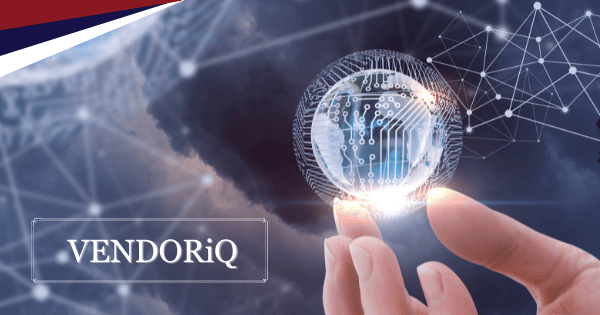
VENDORiQ: Adobe’s Big Wager – Why $1.9B for Semrush is the New Black for Enterprise Marketing
Adobe’s $1.9bn Semrush acquisition integrates SEO and GEO into the creative workflow, ensuring brands remain visible in AI-driven search results.

Adobe’s $1.9bn Semrush acquisition integrates SEO and GEO into the creative workflow, ensuring brands remain visible in AI-driven search results.

Adobe and Microsoft are integrating AI agents to streamline marketing workflows, signaling a shift toward cross-platform interoperability for enterprise productivity.

Adobe’s ChatGPT integration shifts design from expert software to conversational workflows, enabling staff to scale brand-compliant assets via natural language.